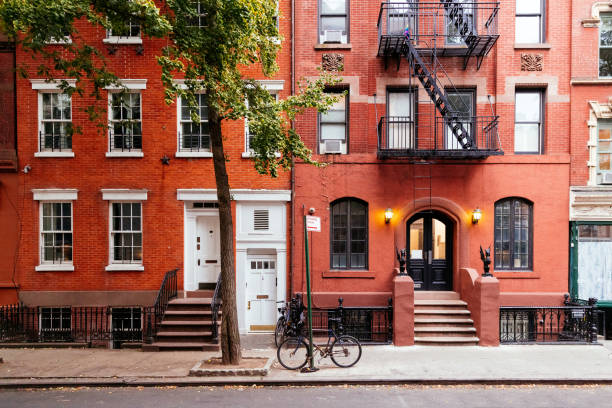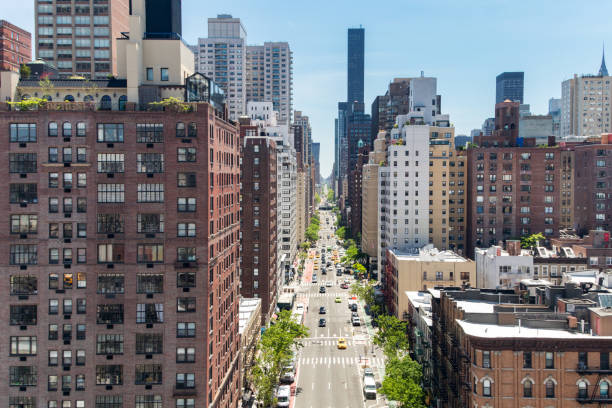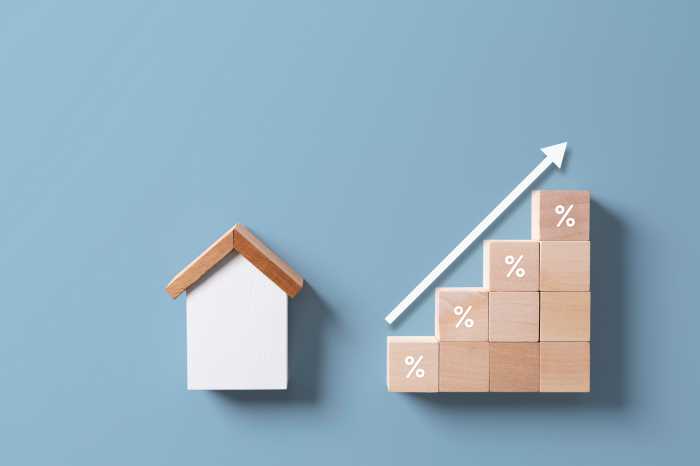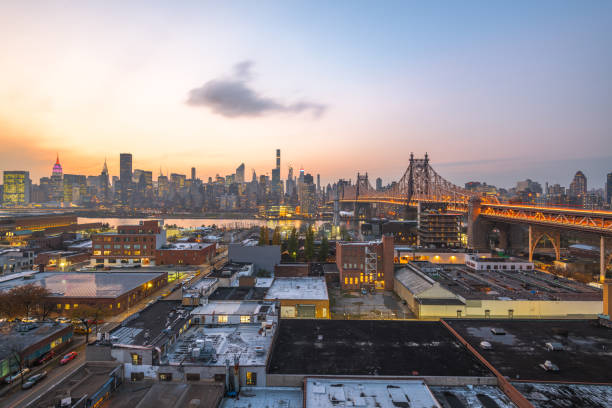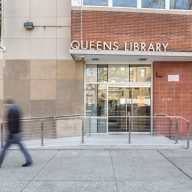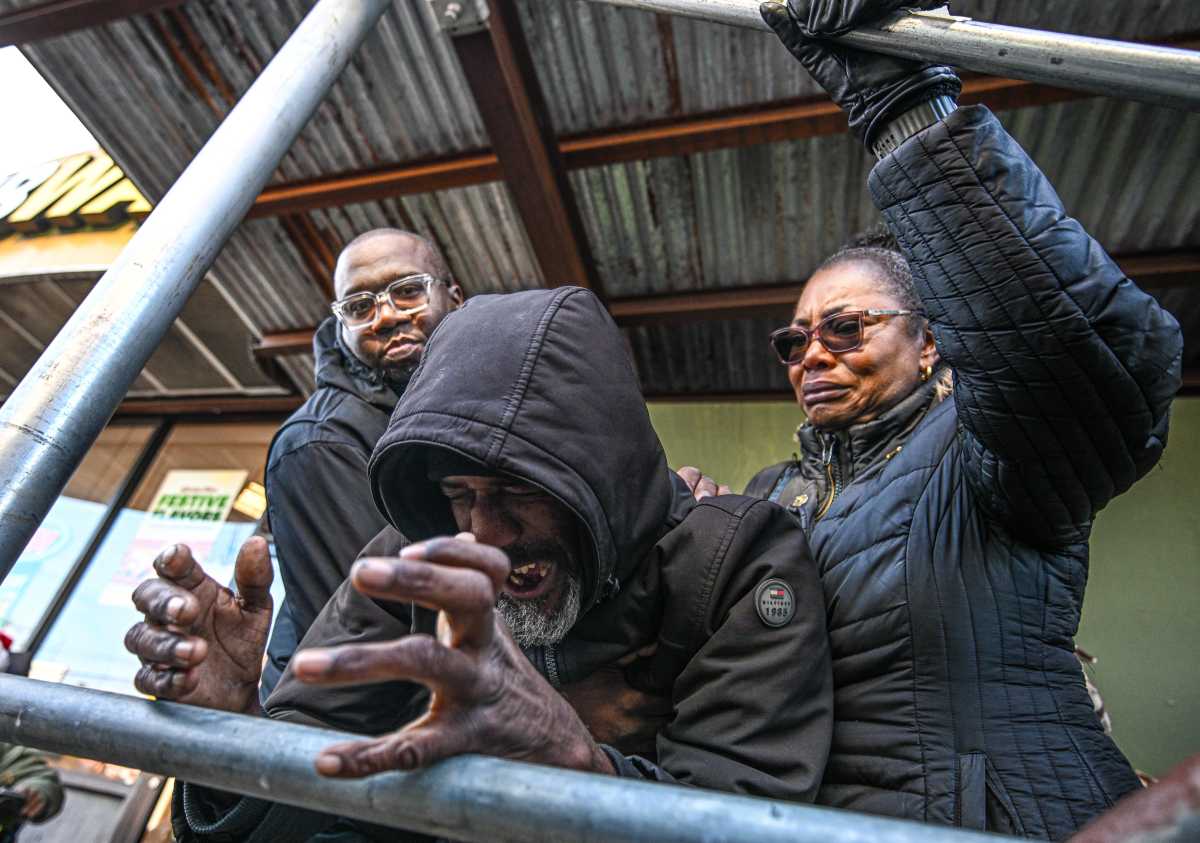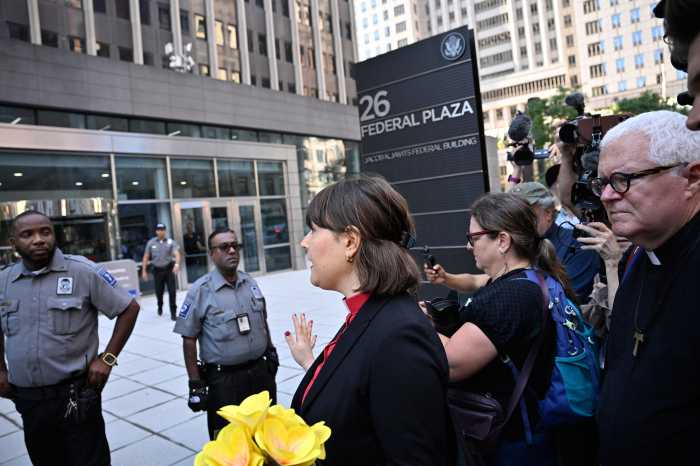Rental properties across all of New York City experienced a slight jump in median asking rent from last year during the second quarter of 2025, which spans from April to June, according to a report by Realtor.com.
There was a 3.7% year-over-year increase in asking rent for all New York City properties listed on Realtor.com, from $3,368 in the second quarter of 2024 to $3,491 in the second quarter of 2025. This new median rent also represents a significant boost from the pre-pandemic levels in 2019, up 22.4%, from $2,851.
Demand was much higher for units with up to two bedrooms, compared to those with at least three bedrooms. Such high demand contributed to a fairly large rise in the median rent for these units. Units with between zero and two bedrooms rose in rent by 4.2%, from $3,299 in the second quarter of 2024 to $3,436 in the second quarter of 2025. Over the same period of time, the median rent for units with at least three bedrooms remained mostly static, going up just 0.2%, from $5,047 in 2024 to $5,055 in 2025.
While Staten Island’s data is still being reviewed, each of the other New York City boroughs experienced rent increases year-over-year. Brooklyn had the most significant growth, at 6%, from $3,610 last year to $3,825 this year. Manhattan had the second-highest jump, at 3.3%, from $4,425 last year to $4,569 this year. There was a 2.7% rise in Queens, from $3,261 last year to $3,349 this year. In the Bronx, the median rent rose 1%, from $3,101 last year to $3,132 this year.
New York City’s overall median rent of $3,491 accounts for approximately 55% of the income of a typical household in the city, nearly double that of the more commonly accepted 30% affordability threshold. Despite the fact that the Bronx had the lowest rent among the boroughs in the study, affordability challenges were the most severe there. With an annual household income averaging $46,074 and a median rent of $3,132 in the Bronx, the rent-to-income ratio in the borough was 81.6% in the second quarter of 2025. That household income would be considered affordable for a rent of up to $1,152 a month, almost one-third of the current rent in the borough.
Brooklyn had the second-highest rent-to-income ratio, at 60.6%. The average annual household income of $75,696 would be considered affordable for a monthly rent of no more than $1,892, less than half of the $3,835 median rent.
In Manhattan, the rent-to-income ratio equated to 56.9%. While Manhattan had by far the largest annual household income among the boroughs at $96,301, the $4,569 median asking rent was also the highest. Based on the household income, the maximum affordable rent would be $2,408.
Queens had the lowest rent-to-income ratio, at 49.4%. The household income of $81,411 would be considered affordable for rents of up to $2,035 a month. Meanwhile, the current median rent in Queens is $3,349.
Based on the data in the study, Realtor.com concluded that increasing the supply of affordable rentals can go a long way towards lowering rent levels. Even a modest reduction could end up having a big impact. New York City is already making efforts to expand access to income-restricted housing, laying the groundwork for long-term affordability.

